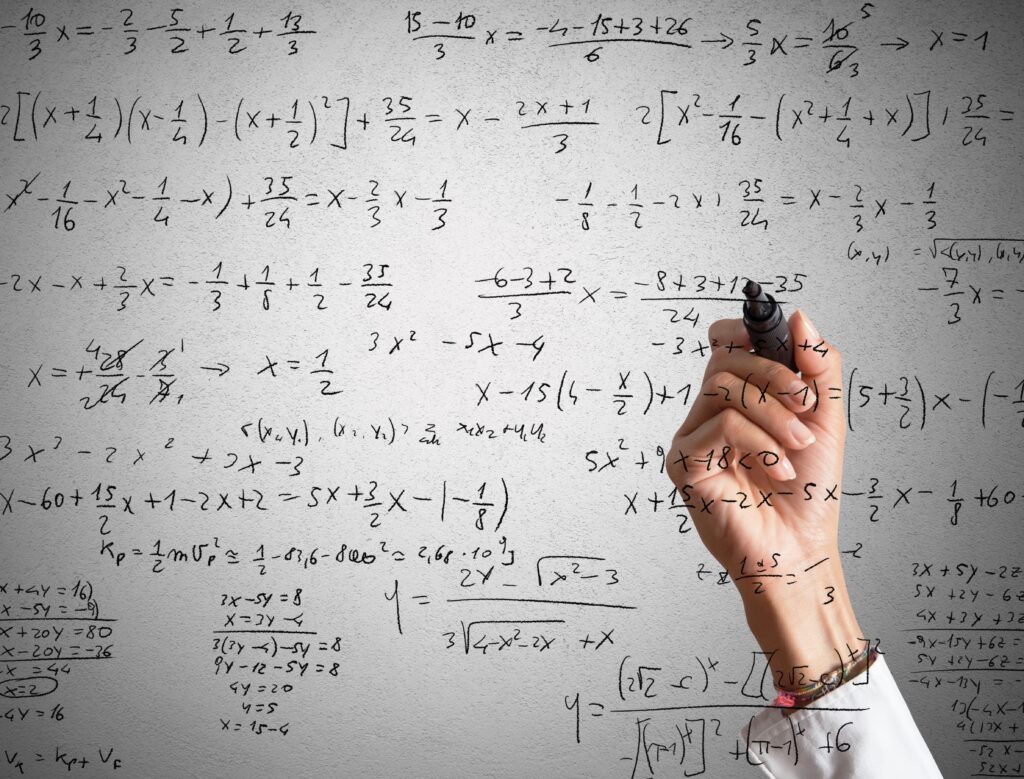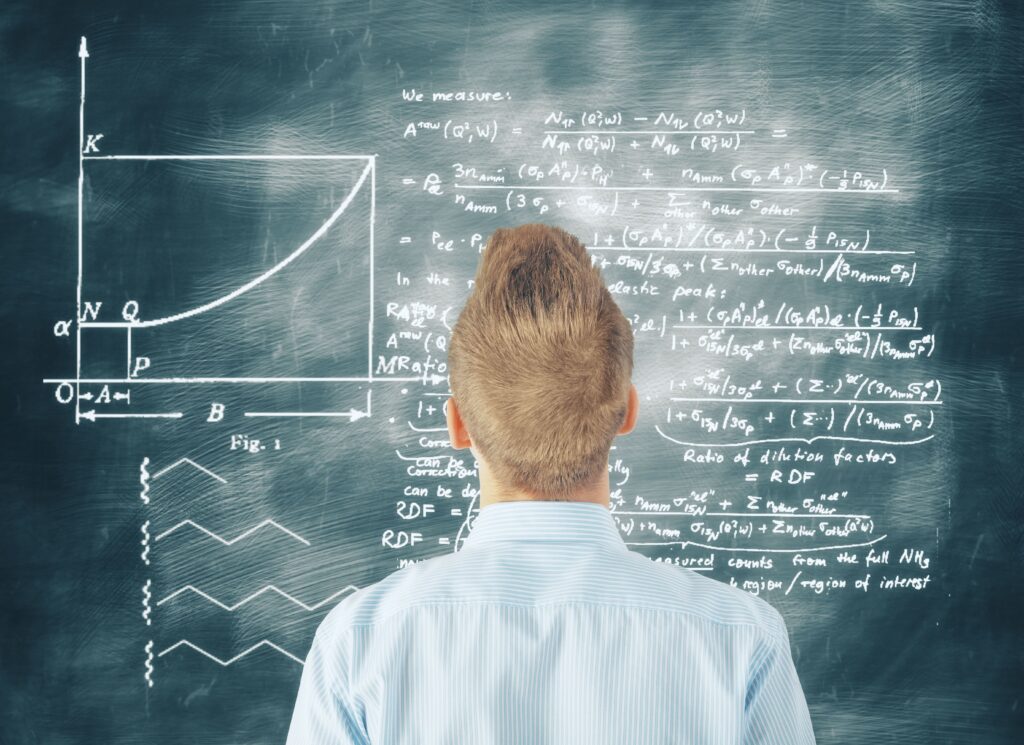Probability and statistics are essential components of data science. These mathematical tools are used to understand, analyze, and interpret data, which are crucial for making informed decisions and predictions based on that data. In this article, I have explored the role of probability and statistics in data science and how they are used in various applications.
Probability is the branch of mathematics that deals with the likelihood of an event occurring. It helps in understanding the likelihood of a particular outcome and the potential risks involved in a decision-making process. In data science, probability is used to model and analyze uncertainty. For example, it can be used to predict the likelihood of a customer buying a particular product, the likelihood of a medical diagnosis being accurate, or the likelihood of an event occurring in the future.
Statistics, on the other hand, is the study of collecting, analyzing, and interpreting data. It is used to draw inferences and make predictions based on data. In data science, statistics is used to describe and summarize data, identify patterns and relationships, and make predictions. It provides a foundation for machine learning, which is the application of statistical methods to data to make predictions.
One of the most common applications of probability and statistics in data science is hypothesis testing. This is a process of testing an assumption about a population based on a sample of data. The goal of hypothesis testing is to determine if there is enough evidence to reject the null hypothesis, which is the assumption that there is no relationship between two variables. This is an important step in many data science projects, as it helps in determining if a particular assumption or relationship is significant or not.
Another important application of probability and statistics in data science is regression analysis. Regression analysis is a statistical method that is used to model the relationship between a dependent variable and one or more independent variables. In data science, regression analysis is used to make predictions, identify trends and patterns, and understand the relationship between variables. For example, it can be used to predict the price of a stock based on market trends or to predict the likelihood of a customer churning based on their behavior.

Probability and statistics are also used in clustering, which is a technique used to group similar data points together. In data science, clustering is used to segment data into groups and identify patterns and relationships within those groups. For example, it can be used to segment customers into different groups based on their behavior or to identify patterns in medical data to improve diagnosis and treatment.
Decision trees are another example of how probability and statistics are used in data science. Decision trees are used to model decision-making processes and predict outcomes based on various inputs. They are built using probability and statistical models to determine the likelihood of different outcomes based on different inputs. In data science, decision trees are used to make predictions, such as predicting the likelihood of a customer churning or the likelihood of a loan being approved.
Machine learning is another field where probability and statistics play a crucial role. Machine learning is the application of statistical models to data to make predictions. The goal of machine learning is to build models that can automatically learn from data and make predictions without being explicitly programmed to do so. In data science, machine learning is used to build predictive models, such as predictive maintenance models, recommendation systems, and predictive analytics.
Probability and statistics are also used in data visualization, which is the process of representing data in a visual format. In data science, data visualization is used to communicate data insights, identify patterns and relationships, and make predictions. For example, it can be used to represent the distribution of customer data or to represent the relationships between variables in a scatter plot.
In conclusion, probability and statistics play a critical role in data science, providing a foundation for analyzing and interpreting data. These mathematical tools are used to make predictions, identify patterns and relationships, and make informed decisions based on that data. As the demand for data scientists continues to grow, it is essential for professionals in this field to have a solid understanding of probability and statistics.


